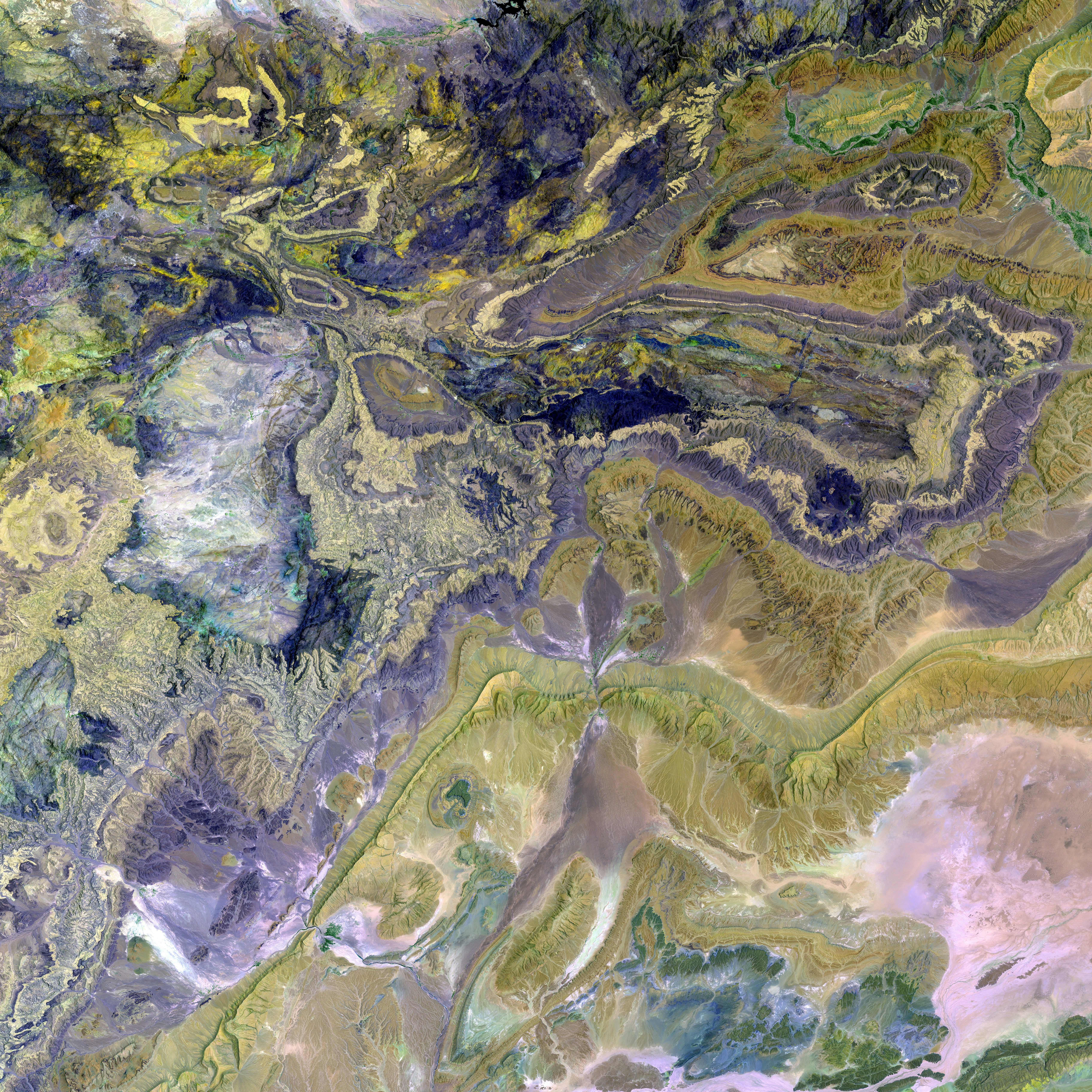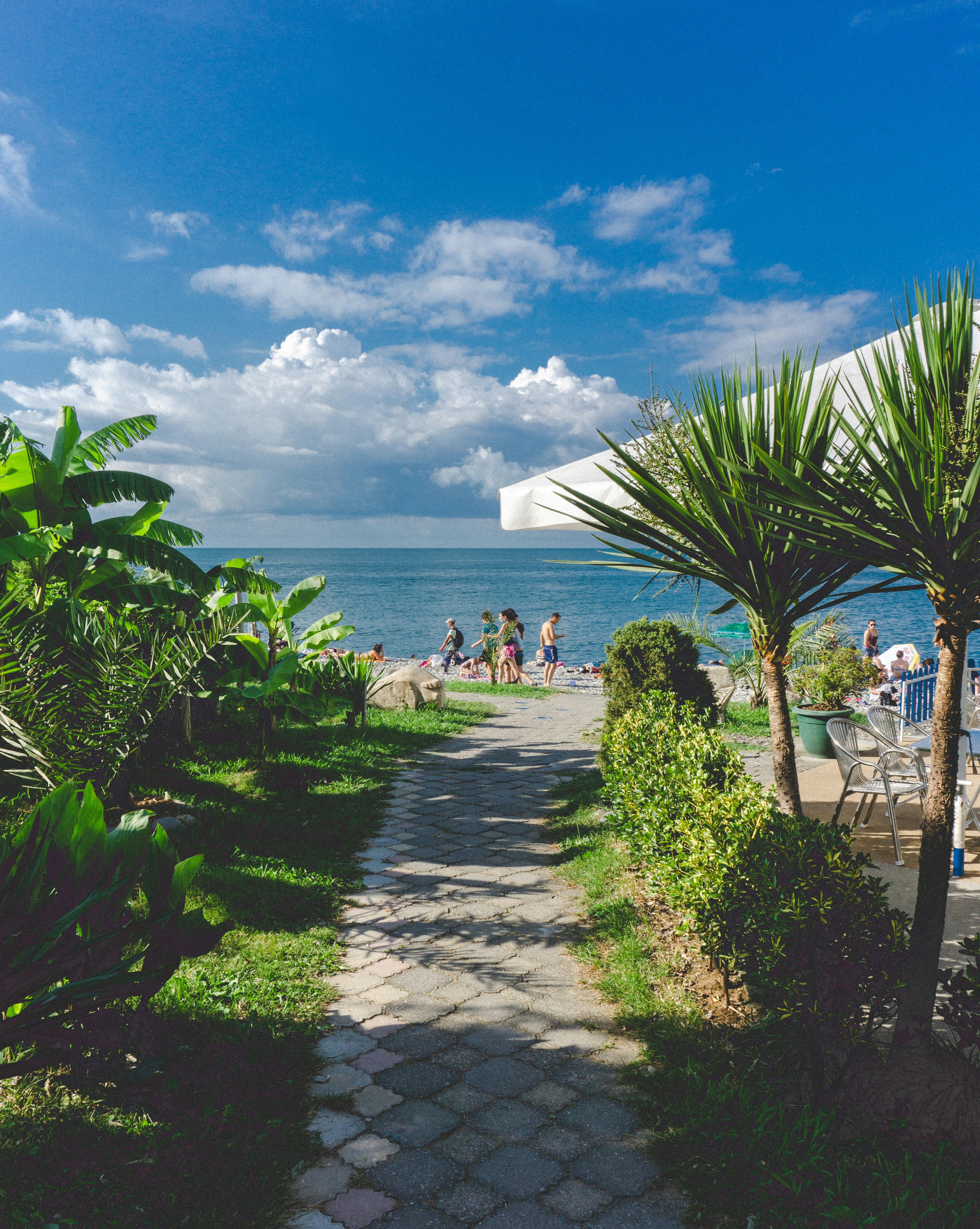City of Vladivostok Now Officially Classified as Having High Housing Prices
In a recent study by Avito Real Estate, Vladivostok ranks fifth among Russian cities in terms of housing costs. As of April this year, the average price per square meter in the Primorye capital stands at 214,000 rubles.
Sochi, Russia's most expensive city for real estate, surpasses Vladivostok, along with Moscow, St. Petersburg, and Kazan. Housing in Sochi can set you back more than 500,000 rubles per square meter.
On the opposite end of the spectrum, Lipetsk offers the cheapest square meter in new buildings, at just over 101,000 rubles.
Regionally, Russia's primary real estate market is experiencing an escalation in home prices, reaching levels of high bubble risk as per the Central Bank and UBS Global Real Estate Bubble Index. Simultaneously, the secondary housing market remains more stable due to high and unsubsidized mortgage rates. Price movements vary significantly across regions, with major cities exhibiting moderate growth, while low-demand areas face declines.
Sochi's popularity as a resort city on the Black Sea likely contributes to its higher housing prices due to increased demand and limited supply, while Vladivostok, a significant port city in the Russian Far East, tends to have more moderate prices, albeit with growth driven by its strategic importance. Lipetsk, as a smaller industrial city, generally boasts lower housing costs compared to major metropolitan centers and resort cities.
Moscow and St. Petersburg head the list with the highest housing prices, with new builds potentially seeing price increases of 3-7% or even 5-7% in areas with restricted supply. Meanwhile, secondary markets in these cities remain stable or exhibit slight growth.
Yekaterinburg and Kazan, large regional centers facing housing shortages, experience moderate price growth in new housing, with a projected increase of 3-5%. Conversely, Krasnodar and Moscow suburbs have oversupplies leading to price stagnation or declines, sometimes reaching up to 10-20%, particularly in secondary markets.
Rising mortgage interest rates have slowed mortgage issuance, cooling the market, especially in secondary segments. Meanwhile, rental prices have escalated until late 2024 but have been moderated due to income levels and construction volumes. Overall housing affordability worsens in high-demand urban centers, such as Moscow and St. Petersburg, as new builds become scarcer and more expensive.
The overall housing market in Russia is at a high risk of a bubble in the primary market but remains more stable in secondary markets due to high mortgage rates and varied regional demand.
Businesses and investors interested in real estate should consider the varying pricing trends across Russian cities. Sochi, with its popularity as a resort city, has one of the highest housing prices, while Vladivostok, a significant port city, tends to have more moderate costs. On the other extreme, Lipetsk offers the lowest prices for new buildings. These trends reflect the regional differences in demand, supply, and economic factors, such as mortgage interest rates, which play significant roles in the housing market's stability and growth.





